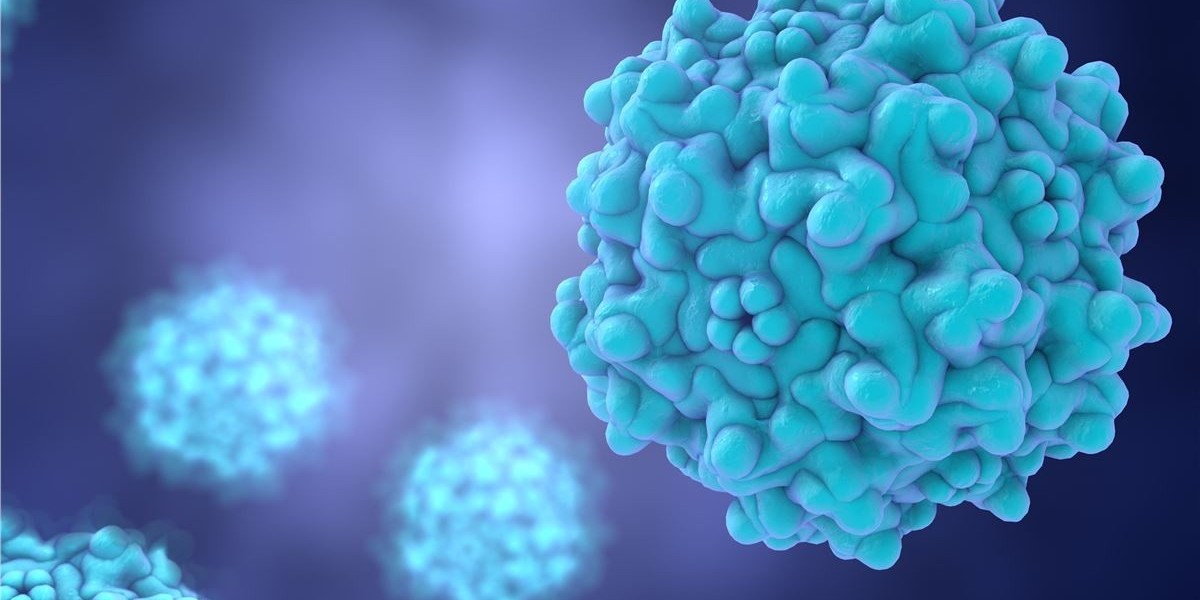They are composed of long, thin, rod-like or disk-shaped molecules that have the ability to orient themselves in an orderly fashion without forming a uniform crystalline lattice. This property gives them a distinct orientation that can be altered by external stimuli such as electric or magnetic fields or temperature.
Liquid Crystal Phases
Liquid crystals can exist in different phases based on the temperature and molecular structure. There are three primary liquid crystal phases namely, nematic, smectic, and cholesteric. Nematic liquid crystals have molecules that are aligned parallel to each other but not arranged in any particular order. Conversely, smectic liquid crystals have molecules arranged in layers, and each layer can be oriented differently from the others. Cholesteric liquid crystals have a helical structure with molecules arranged in a spiral.
| Nematic and Smectic Liquid Crystals | |||
| Name | CAS | Name | CAS |
| 4-Amyloxy-4-biphenylcarbonitrile | 52364-71-3 | 4'-Heptylbiphenyl-4-carbonitrile | 41122-71-8 |
| 4-Cyano-4'-ethyloxybiphenyl | 58743-78-5 | 4,4-Diethoxy azoxybenzene | 4792-83-0 |
| Cholesteric Liquid Crystals | |||
| Name | CAS | Name | CAS |
| Cholesteryl benzoate | 604-32-0 | Cholesteryl stearate | 35602-69-8 |
Classification of Liquid Crystals Materials
Liquid crystals can be categorized based on the nature of their mesogenic groups. They can be divided into three main categories: calamitic, discotic, and bent-core liquid crystals. Calamitic liquid crystals are composed of rod-like molecules that exhibit nematic or smectic phases. Typically, the mesogenic groups of calamitic liquid crystals are composed of rigid aromatic rings such as biphenyl, phenyl, and pyridine rings, which are linked by flexible aliphatic chains. Discotic liquid crystals are made up of disc-shaped molecules that form columnar phases. The mesogenic groups of discotic liquid crystals are composed of flat, aromatic cores such as triphenylene or hexa-peri-hexabenzocoronene (HBC), which are linked by flexible aliphatic chains. Bent-core liquid crystals are characterized by molecules that exhibit banana-like or V-shaped structures. The mesogenic groups of bent-core liquid crystals are composed of bent aromatic cores such as phenylene or biphenyl cores, which are linked by flexible aliphatic chains.
Design of Liquid-Crystal Compounds
In the development of liquid-crystal compounds, achieving specific properties involves a complex process that requires the synthesis and modification of the chemical structure of the molecules. The design of liquid crystal compounds involves selecting the appropriate chemical structure, which can influence the material's phase behavior, stability, and performance. For example, introducing polar groups to the molecule can enhance the material's response to electric fields, while the introduction of fluorine atoms can improve the material's thermal stability.
The mesogenic group's choice plays a crucial role in determining the compound's mesomorphic behavior, and the desired phase behavior can influence the selection of the mesogenic group. The compatibility of the mesogenic group with other functional groups that can modify the material's properties, such as polar or fluorine-containing groups, must also be taken into account. The length of the flexible spacer can also influence the mesomorphic behavior of the compound. Longer spacers tend to favor smectic phases, while shorter spacers tend to favor nematic phases. The spacer can also be functionalized to introduce specific properties, such as flexibility, rigidity, or polarity, that can affect the material's performance.
Evaluation of Liquid-Crystal Compounds
The evaluation of mesomorphic behavior typically requires the implementation of sophisticated techniques such as differential scanning calorimetry and polarizing optical microscopy, which can aid in discerning the enigmatic and intricate structure of the compound. The stability of liquid-crystal compounds necessitates a thorough investigation of its thermal and photochemical stability. The optical and electrical properties of liquid-crystal compounds can be studied by utilizing a plethora of advanced techniques, including UV-Vis spectroscopy, fluorescence spectroscopy, and electro-optic measurements.
Applications of Liquid Crystals Materials
Liquid crystals have captured the imagination of scientists and researchers alike, as their diverse and dynamic nature lends them to be incredibly versatile in their applications. Liquid crystals materials are utilized in liquid crystal displays (LCDs), affording them a widespread presence in modern-day electronics such as televisions, computer monitors, and mobile devices. Beyond displays, liquid crystals materials are also used in sensors, enabling their utility in detecting minute changes in temperature, pressure, or chemical composition. In the world of optoelectronics, liquid crystals are used in an array of devices, including electro-optic modulators, tunable filters, and waveguides. Furthermore, liquid crystals materials are used in cosmetics to enhance the texture and appearance of creams and lotions, and in the food industry as emulsifiers and stabilizers.







